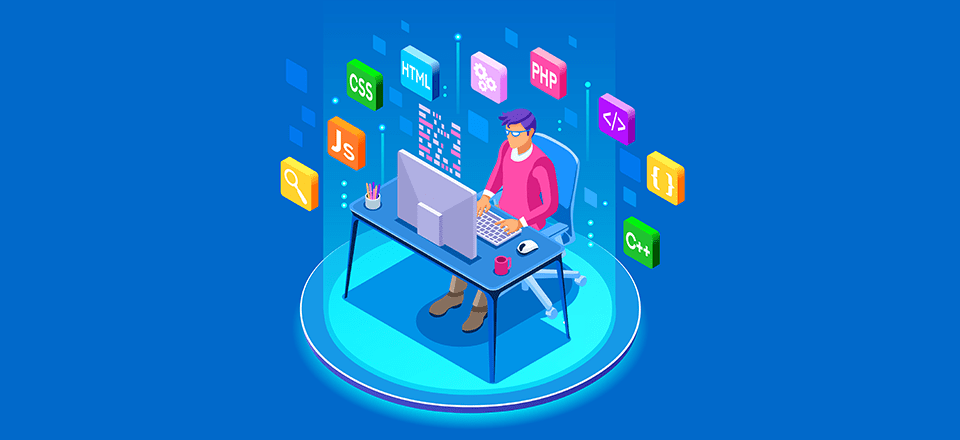
Although certain subjects, including web design, might seem exciting for many people, once they put a lot of thought into doing this, they’re intimidated by trying. If you’re interested in web design but suffering from a bit of information overload, this article can help. Read on for some basic, easily-digestible tips on how to employ outstanding web design techniques.
A business website should always be one that is easy to navigate. Ensure that links are visible and displayed in prominent locations. Menus can also make it easier to navigate your site. Have your main page links located on every page so visitors can easily go through your site.
Pay attention to the background of your website. There are sites out there that use animated GIF images for their backgrounds. This might be OK for a personal site, but it can also be a serious distraction that makes it hard for readers to focus on the text. Choose a background that is not too distracting for your readers, and that goes well with the rest of your design.
Avoid using pop-up advertising. Everyone hates getting pop-up after pop-up on a website. It does not matter who or what the website represents, most visitors will not hang around if they are bombarded with pop-ups. You can prevent visitor frustration, and improve your reputation, by avoiding pop-up advertisements entirely. If you have a host that requires the use of pop-ups, then look for a new one.
Use a newsletter to gain repeat visitors. By giving your visitors an opportunity to keep current on your site offerings, you increase their loyalty. Put your sign up form on your site’s sidebar to keep track of how many people sign up. Make sure you only send out the letter to those that have explicitly requested to view it.
Design your front page to be a minimal as possible. People scanning websites glance quickly at each site they see, so of you front page is simple enough and shows them what they desire, then they are likely to stay. Be descriptive about what your business does, and your unique offerings, but keep everything else to a minimum to avoid distraction.
Other than the aesthetics of your site design, one of the most important things to consider is keeping all your file sizes to a minimum. The smaller the size of each of your files, the quicker your pages will load. You always want your site to load as quickly as it can. Bear in mind that some site visitors are still using dial-up. Test your website to ensure that it loads quickly even on a dial-up modem connection.
Try making separate CSS pages for different browsers with conditional loading when designing websites. Testing and maintenance in the future are much easier when these techniques are employed. Every website needs maintenance occasionally and making it simple is important.
Hosting your own website might not be a good choice. As much as is practical, the web design should be your responsibility. But arrange for it to be hosted elsewhere so that you are not tied down into focusing on the website’s security.
What you’ve read here should have given you an idea of what you need to know to build a proper website, so feel confident that you’re ready to go! Just don’t become stagnant with the learning process; staying hungry for new information and industry developments is absolutely vital in the tech field. If you apply all this knowledge, then you have an easy path towards success in website design.